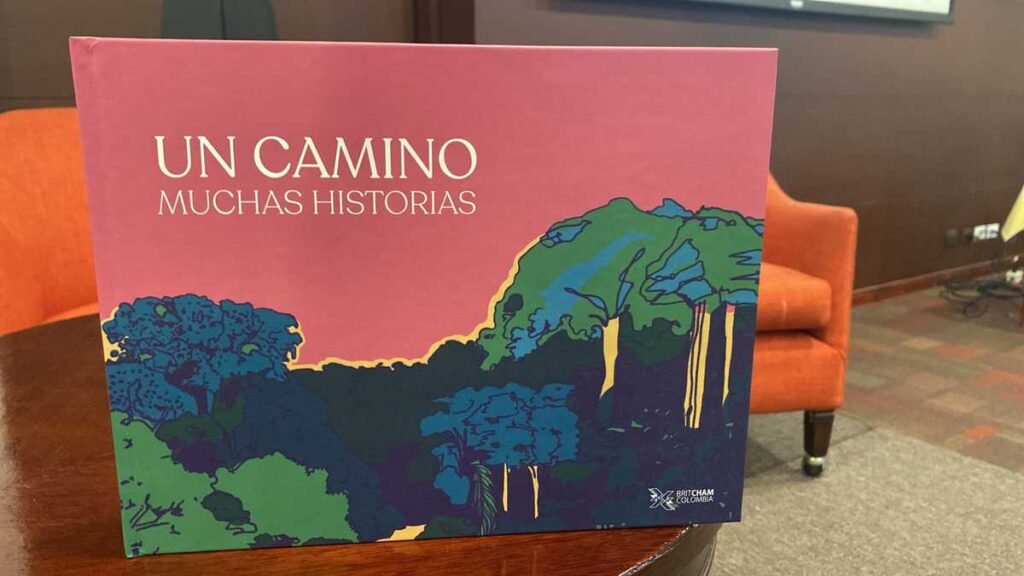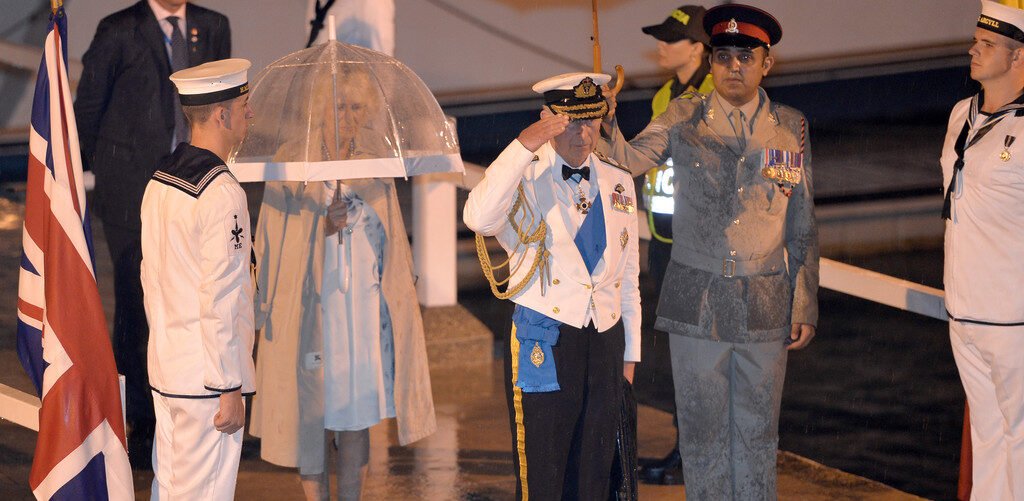Repost from Un camino, muchas historias, BritCham Colombia’s 40th anniversary commemorative book
While bilingualism and technology have narrowed the language divide, translators and interpreters play an essential role in facilitating communication between companies and entities interested in cooperating and seeking opportunities that benefit both countries.
We wanted to take advantage of this invitation from the British-Colombian Chamber of Commerce to share an anecdote that illustrates how interpreting has contributed to strengthening relations between Colombia and the United Kingdom.
It is an honour to have been chosen to interpret for Prime Minister Tony Blair, actress Tilda Swinton, and Chelsea striker Didier Drogba, as well as multiple British ministers and mayors of the City of London.
In 2013, during Charles, Prince of Wales’ and Camilla Parker’s visit to Colombia, President Juan Manuel Santos, the First Lady–María Clemencia Rodríguez–and other illustrious delegates visited the HMS Argyll, a British Royal Navy frigate. The purpose of the visit was to strengthen relations between the two countries and showcase the vessel’s capabilities to combat drug trafficking and provide humanitarian support to areas affected by hurricanes.
During the visit, the strong winds and rain did not let up, forcing all the guests to take shelter under an awning. However, this did not prevent the evening’s objectives from being achieved. Our interpreter braved the bad weather and, along with the ship’s captain, went out on deck in the pouring rain (with generous support and umbrellas provided by the cadets), in order to interpret the dignitaries’ official words, as the occasion merited.
Over the years, we have worked closely with the British Embassy, BritCham, and the Prosperity Fund, providing interpretation for special guests and business representatives from both nations and facilitating communication in the areas of infrastructure, social equity, financing, sustainable agriculture, transportation, and post-conflict. It is an honour to have been chosen to interpret for Prime Minister Tony Blair, actress Tilda Swinton, and Chelsea striker Didier Drogba, as well as multiple British ministers and mayors of the City of London (See other public figures who have trusted us to tell their story).
Words of gratitude from our clients fill our team of linguists and language project managers with motivation and purpose. One such example is the accolade expressed by Ambassador Colin Martin-Reynolds: “It is of huge help and relief for us to know that we can count on such a professional team to assist with interpretation on our bilingual meetings.“

About the book
“To commemorate its 40th anniversary, BritCham Colombia (the British Chamber of Commerce in the country) launched the book Un camino, muchas historias (Spanish for “One Path, Many Stories”), with original illustrations by Colombian-Venezuelan artist Adriana Rosell.
‘This publication reflects the historical development of the bilateral relationship between Colombia and the United Kingdom, one of Colombia’s most important allies on the old continent. This collection of stories about remarkable and influential characters reveals the extensive and valuable intercultural dialogue between two friendly nations that have excelled in sharing various expressions of history, culture, sports, and trade,’ BritCham stated in a press release. (Semana Magazine)





